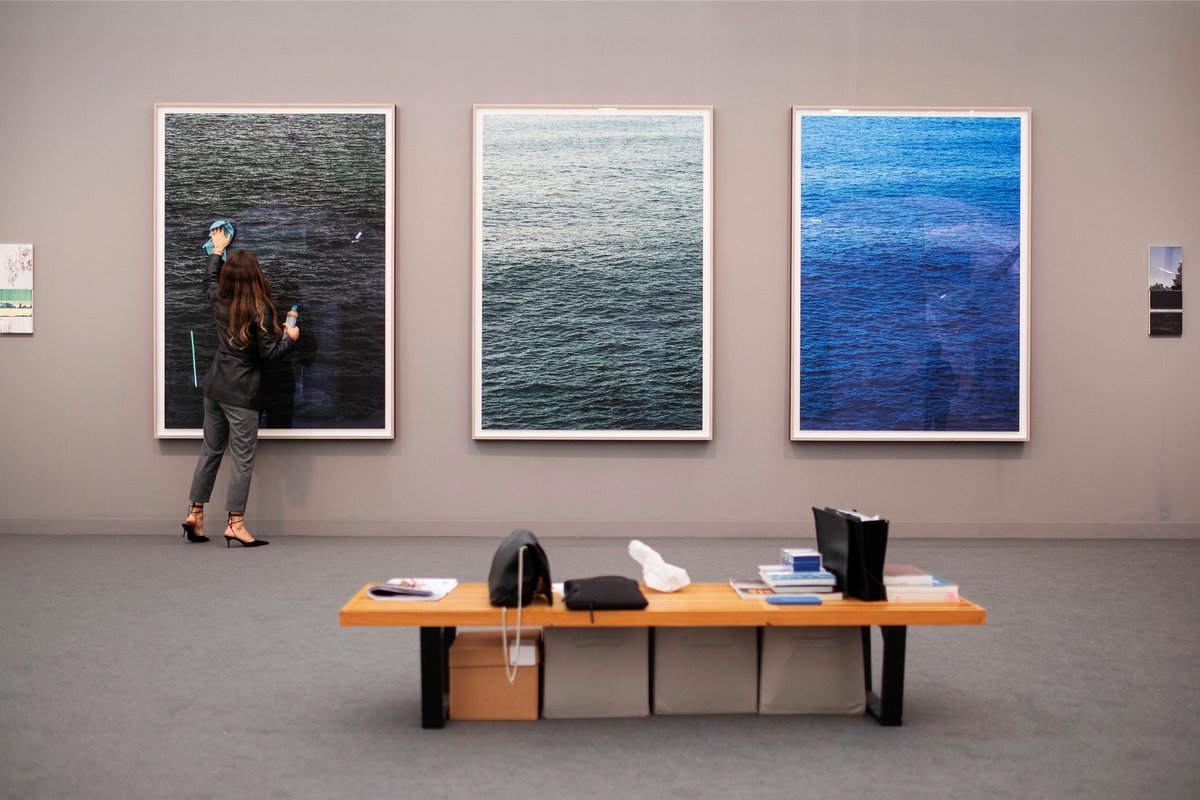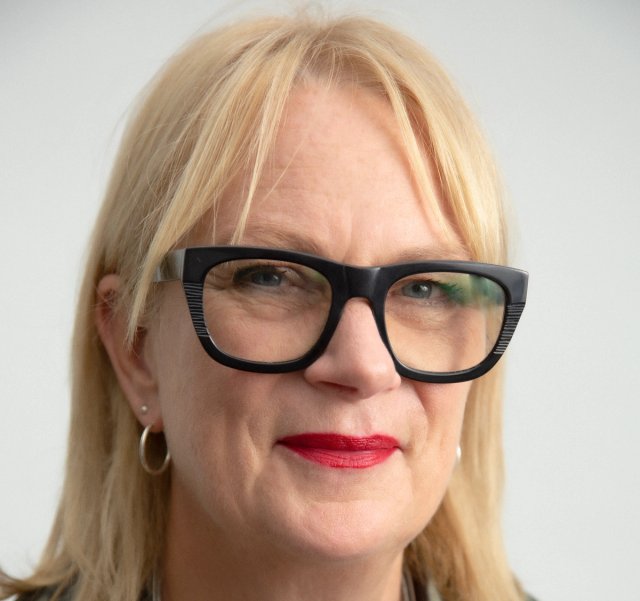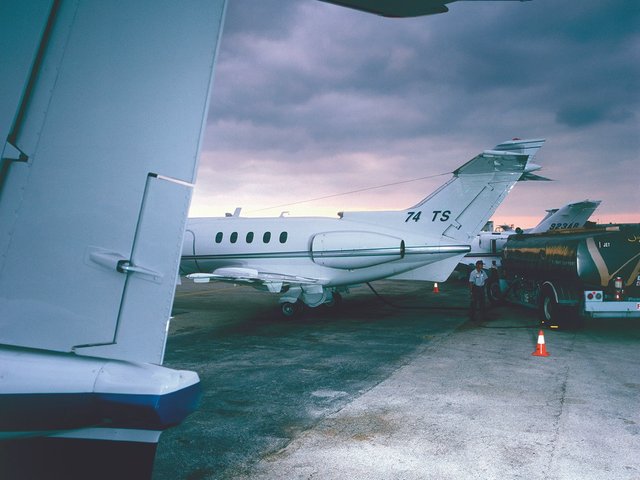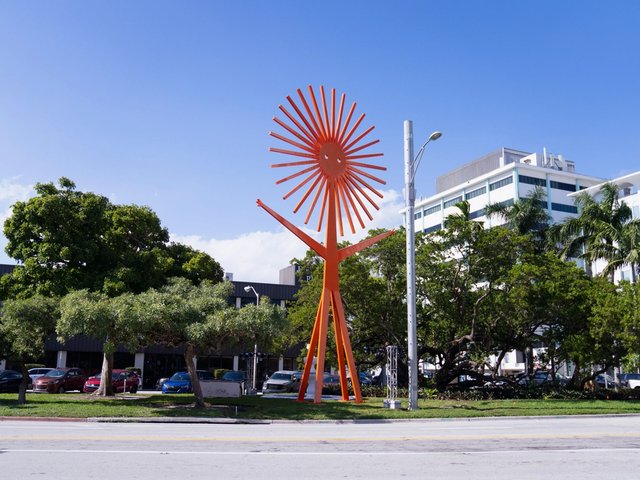It is a truth universally acknowledged that art fairs pack a carbon-heavy punch. So now, as the fair season gathers momentum, how do these notoriously energy and recourse-hungry events conduct themselves within an art world ostensibly committed to greening up its act?
Some have argued that the gathering of galleries from around the world in a single location can potentially reduce the volume of other international travel. But it is impossible to gloss over the environmental impact of these full-throttle trade events in which all strands of art world activity—from energy, shipping, travel, building, construction and packaging—all come together under one (often custom-built) roof. These days even the smallest art fairs realise that it is no longer enough to lay out some recycling bins, stick in a few LED bulbs and programme some hand-wringing panel discussions (usually with the participants having flown in from across the world.) Systemic change is needed.
Both Frieze and Art Basel are members of The Gallery Climate Coalition (GCC) and as such have pledged to reduce their carbon emissions by at least 50% by 2030 in line with the Paris Agreement and to achieve zero waste by the same date.
This year sees a definite uptick in their activities. Frieze has a long track record for environmental awareness (albeit within the parameters of the art fair business model). The fair’s co-founder Matthew Slotover is also a founder member of the GCC, along with Frieze’s former global director and now board member Victoria Siddall. “The climate emergency is the biggest issue of our times—it should be on the front page of every newspaper every day,” Slotover told The Art Newspaper two years ago.
Back in 2010, Frieze partnered with the mayor of London and the environmental charity Julie’s Bicycle to publish Green Visual Arts, a guide for the sector to become more sustainable. At the same time Frieze started to use biofuel to power its fairs. Now Frieze London 2022 has made the full shift to a 100% hybrid power model, replacing generators with less polluting batteries. For the first time it has moved to 100% LED lighting for gallery booths and as in previous years, all its contractors, whether construction or catering, are carefully vetted for their green credentials.
“We have put significant work into every aspect of our activities to ensure that we continue to make progress on our targets to reduce emissions by at least 50% by 2030 and to achieve zero waste,” says Frieze's chief operations officer Jon Ashman. Other actions include setting up an internal sustainability working group across all parts of the fair’s global organisation. All booth walls will be reused and carpets will be shredded and recycled after each event. Frieze London and Frieze Masters have been fully carbon audited since 2018 and by 2023 all branches of Frieze—including Seoul—will also be subject to an annual audit. And this year, fair visitors can bask in a warm glow of sustainability when they check their coats and bags, with all cloakroom proceeds from Frieze and Frieze Masters 2022 being donated to the environmental law charity Client Earth.
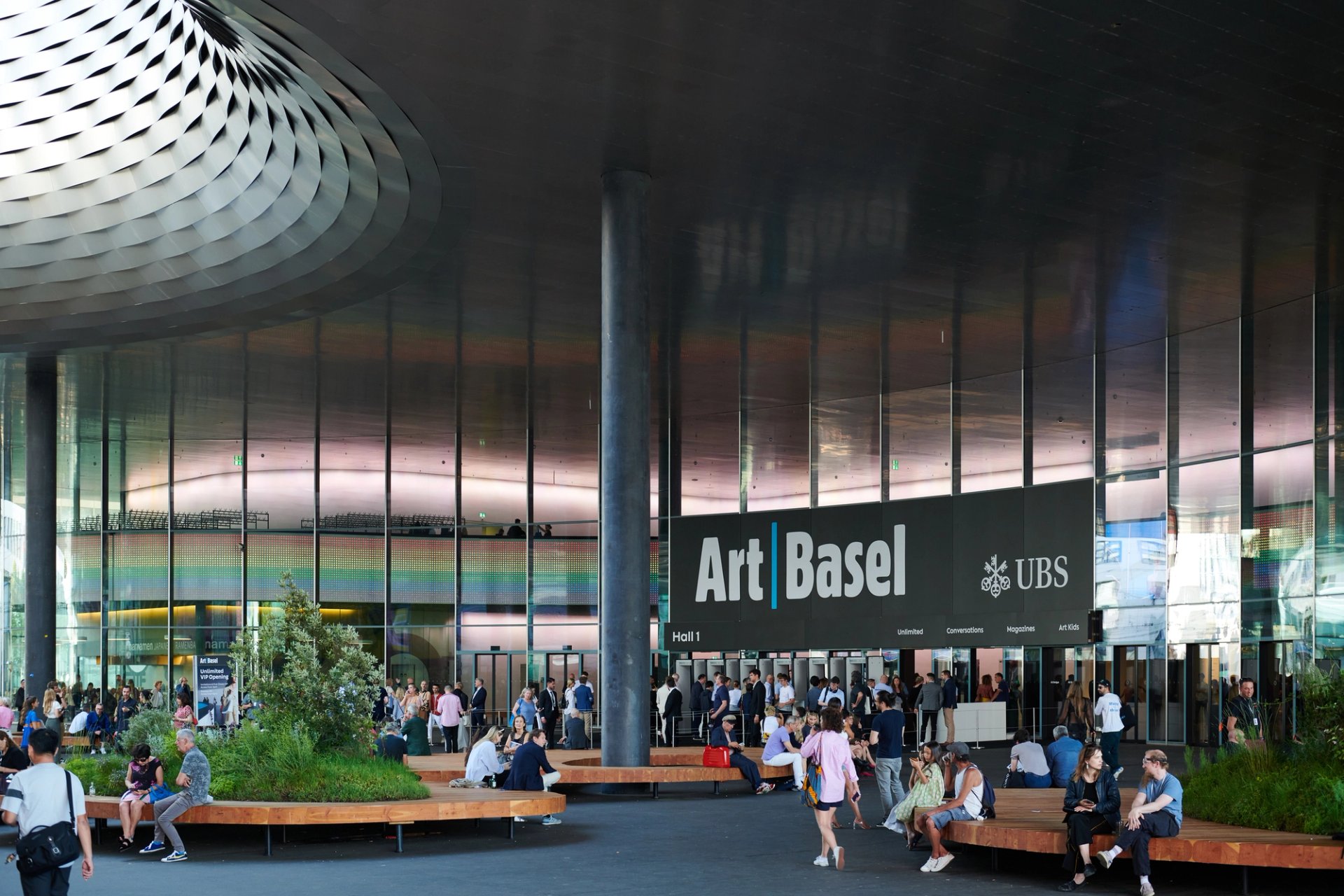
Art Basel 2022. Courtesy of Art Basel
Art Basel is nailing its environmental colours to the mast as well. Marc Spiegler, the fair’s global director, says in statement: "We are proactively developing long term strategies not only to reduce our direct carbon emissions but also working with our galleries, partners, suppliers and the industry to improve the broader environmental impact of our shows.” To this end the, the fair conglomerate has started to make an annual calculation of its carbon footprint across all four Art Basel venues. The Basel Messeplatz is owned and controlled by the fair and more than 94% of its energy is renewably sourced, while in its other venues In Miami, Paris and Hong Kong certified measures are in place to support sustainable practices, including waste management.
Further waste-busting measures involve the entire wall system for all four fairs in Switzerland, Miami, Paris and Hong Kong being fully reusable and shipped to each location by train or boat; with the carpet converted after the show into high grade mono-recyclate which is then used for making furniture and construction materials. Art Basel aims to have 100% LED lighting throughout all four fairs by 2024.
While all these individual initiatives are to be applauded, the next step is for the major fairs to team up, pool their data and draw up art fair sustainability guidelines that everyone can adhere to. This united front hasn’t happened yet, but the GCC is currently in discussion with both Frieze and Basel, so hopefully next year there will be more to report. Meanwhile let’s also hope that visitors to all the world’s art fairs decide to park their private jets and take the boat or train.



